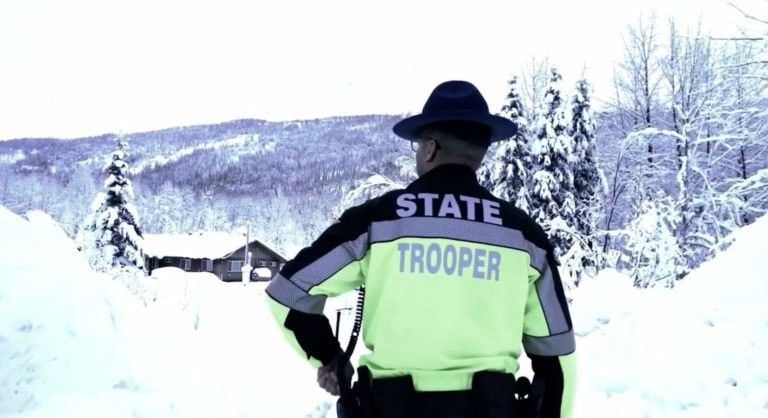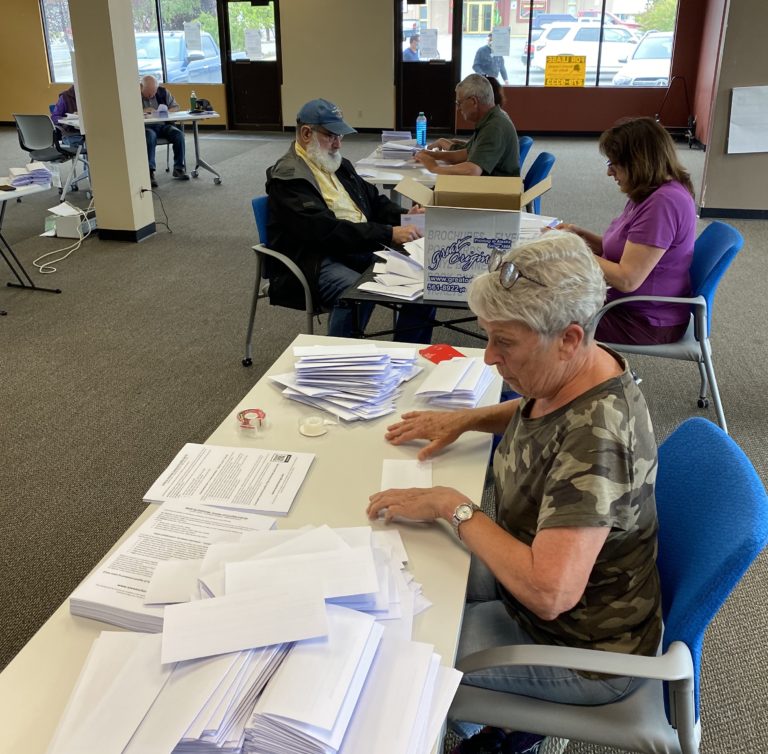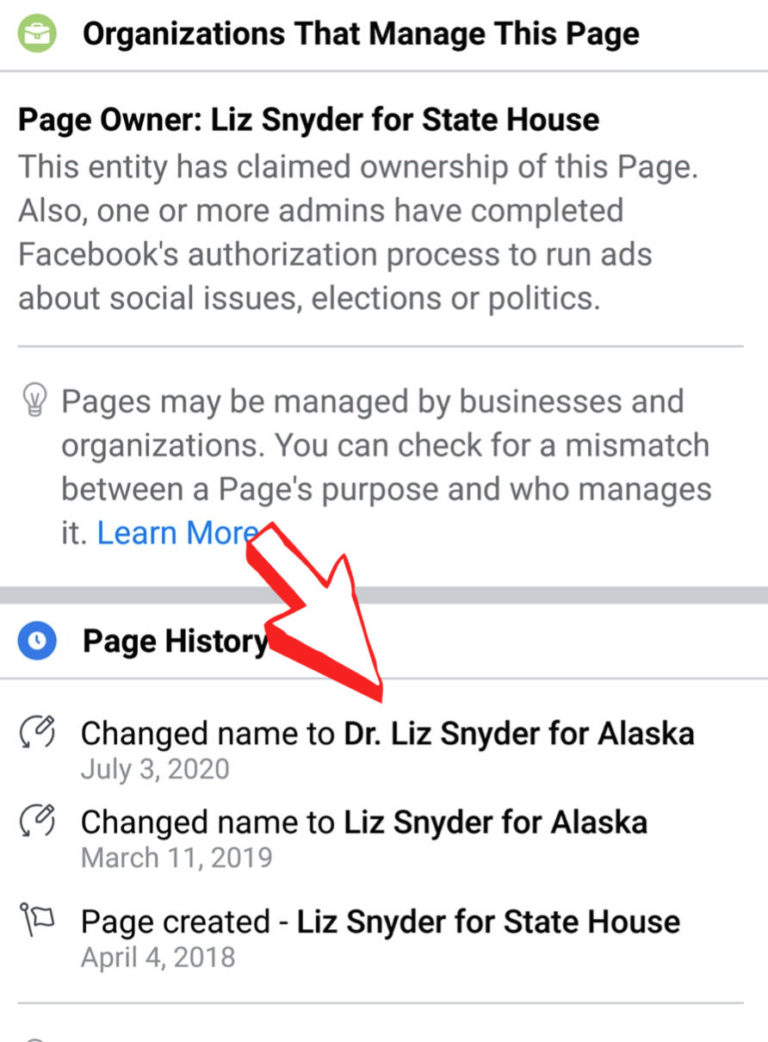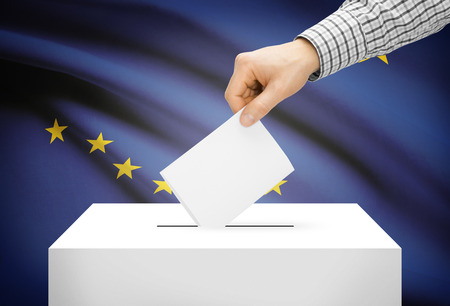Doctor Zhivago is to the Cold War as Gone With the Wind is to the American Civil War. Both stories reduce epochal events to love stories.
Yuri Zhivago and Rhett Butler aren’t much different as characters; neither led brave men in desperate battle, but both engaged in very dangerous activities, showed leadership, and gained respect from the men around them in doing so.
Both Lara and Scarlett had other love interests, Pasha and Ashley. Pasha is the lank-haired, bespectacled intellectual who Lara marries and cheats on; he becomes the Bolshevik general, Strelnikov, who terrorizes the Russian countryside with an armored train and a brigade of Cossack cavalry.
Ashley Wilkes, Scarlett’s true love interest, was an extraordinarily mild-mannered and gentle man, but he serves out his war as a Confederate cavalry officer and lives to walk back home and tell the tale.
In reality, Yuri Zhivago and Ashley Wilkes are much alike, as are Pasha/Strelnikov and Rhett Butler.
Lara and Scarlett are, however, very different. Both are beautiful, charming women; Scarlett is arrogant and demanding, Lara is submissive.
So, that’s the background; love stories in the context of epochal events. Now let’s look to the epochal events.
Pasternak’s “Doctor Zhivago” had to be sneaked out of the Soviet Union, as had his protagonist’s poetry.
The book was published in the West in 1957. I’ll confess to only having given it a scan since it was fashionable, and I’m not much on Russian literature; Russian to English is a difficult and clumsy transition.
I saw the movie as a young and callow fellow when it first came out in 1965 or so, and I didn’t get much out of it, but Julie Christie is stunning, as is the scenery, though none of it is in Russia. I’ve watched it several times since.
Pasternak had a subtle and thorough understanding of popular revolutions and of the communist left; we can learn from it.
To me, the interesting characters in Doctor Zhivago are not the protagonists, wives, lovers, and love interests, but rather the Bolshevik apparatchiks and activists, and the Red Army zealots.
The regular characters just want to get on with their lives; Zhivago and his family are not Bolshevik, in fact, they’re closer to royalists. Lara’s family is petit bourgeois. All the other characters are “working class” Russians, the feeding ground of the Bolsheviks.
Now for some predicates: Bolshevik roughly translates as majority. The Bolsheviks were, perhaps, a majority of the Russian Social Democratic Workers’ Party. Does that party name ring a bell? The Marxists were a decided minority in Russian politics, but they were loud and violent. The Bolsheviks were the loudest and most violent, but at most the activist and apparatchik cohort number a few tens of thousands in a country of almost 100 million people in 1917.
For me, the central thematic character is Komarovsky, Lara’s wealthy lover. Komarovsky is a detestably corrupt and venal man. He rapes the virginal Lara and then makes her his mistress. He is wealthy, connected, and the sort of apolitical that wealthy and connected people often are; he goes where the wind blows.
In Marxist terms, Komarovsky is the archetypal bourgeoisie, yet he allies with the Bolsheviks and they with him. One of my favorite lines of the movie is when Zhivago asks Komarovsky if the Bolsheviks trust him, and Komarovsky replies: “They trust no one, but they find me useful.”
The essential fact of The Russian Revolution is that the Russian people didn’t become Bolsheviks or even adopt communism; given the chance, the Russians tended their own gardens. The people who became Bolsheviks were the economic, political, and bureaucratic elites, because they wanted to remain useful.
To bring this ramble home to today, we have a few thousand anarchist/communist apparatchiks and a few thousand useful idiots, mostly mind-numbed leftist college students and opportunistic gangstas looking for something to steal. These people are inconsequential.
Unless you own it, nobody cares about a mini-mart in the ghetto getting burned. What is consequential is stupid, linguini-spined politicians deciding that they have to support the Bolsheviks.
Just like America, Russia was a vast and virtually ungovernable country. It is as true today as it was then, if the cops know your name, you should move. That’s what the Zhivagos did; they ran from Moscow to a country estate in the Urals controlled by the White Russians.
The Kerensky government of Russia ceded control of the country to the Bolsheviks because they simply didn’t have the courage to confront them.
Like today’s Republicans and conservatives they liked fighting each other more than fighting their true enemy, but they had the luxury of moving their wealth to a Swiss bank and living well in the café culture of Paris, London, or New York.
We don’t have that option; we have no place to go; we are the last place to go for human liberty.
These stupid children are not a majority; the only people who care what they think are stupid communist mayors in New York, Portland, or Seattle, and, yes, Anchorage.
But their media lackeys tout them as some majority opinion in the country. They have no power to effect anything unless the political “elites” capitulate to them, which they indeed might.
That is what happened in Russia. The Russian people didn’t become Bolsheviks; the ruling elites did, and we’re headed there. There are plenty of Komarovskys who are more than happy to be useful.
What we in America have to confront is that we have almost no place to go.
A couple in Missouri defended their home with legal arms from an armed mob who’d broken into a gated community, and a Soros-funded District Attorney is bringing charges against them. They’ll be acquitted, but they will have to go to the state Supreme Court or maybe even the US Supreme Court to accomplish it; there goes their life savings. How long before I come home to find that Comrade Berkowitz’ Equity Commissar has appropriated my home and installed three homeless families in it because s/he’s concluded I don’t need that much space?
Someone once said that democracy rests on three boxes; the soap box, the ballot box, and the cartridge box. The left has silenced the soap box and is close to silencing the ballot box. That leaves only one box.
Art Chance is a retired Director of Labor Relations for the State of Alaska, formerly of Juneau and now living in Anchorage. He is the author of the book, “Red on Blue, Establishing a Republican Governance,” available at Amazon.








